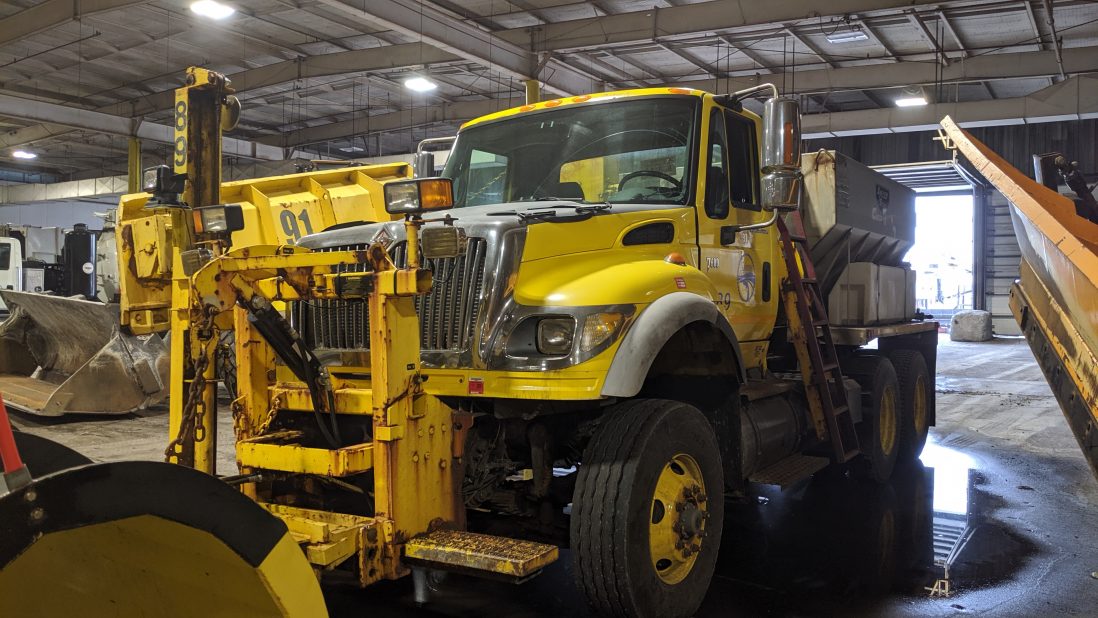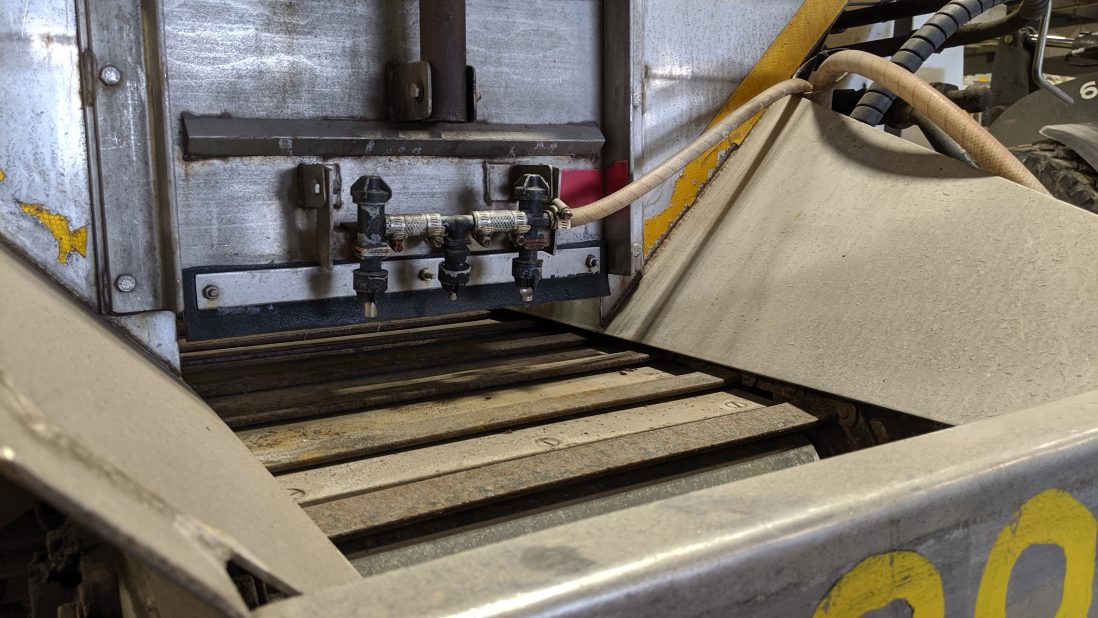Syracuse’s aging snow-fighting fleet hopes to restructure with new plows
Syracuse’s aging snow-fighting fleet to get an upgrade

The Syracuse Department of Public Works’ garage is normally where the city’s aging vehicles are brought back to life. Next month, it will also hold the newest additions to the snow-fighting fleet.
In January, the city announced it would lease two surplus snowplow trucks from the New York State Thruway Authority at no additional cost to the city. Syracuse will also buy 10 new snowplows, which will arrive next winter, according to a city press release. These incoming vehicles are part of DPW Commissioner Jeremy Robinson’s effort to overcome one of Syracuse’s longest problems with its snow-fighting fleet: its age.
Vehicles in the current fleet have been in service for an average of 10 years. The city’s current vehicles average about a decade’s worth of service between them, and not all of it is for snow plowing.
During the summer, the trucks have their plow blades and salt spreaders removed and serve as waste management trucks, helping keep Syracuse’s streets clean even without snow on the ground. However, this year-round use accelerates the wear on the trucks, according to DPW employee Kevin Hunter, who has worked at the department for 20 years.
“During the summer, it’s not so bad; the trucks run maybe eight hours a day,” Hunter said. “But in the winter, especially for heavy snow, I might take a 7 a.m. to 7 p.m. shift in a truck, and then that same truck could go right back out for another 12 hours.”
According to Syracuse’s Chief Operations Officer Corey Driscoll Dunham, the city has attempted to tackle this problem by keeping some vehicles on plow-only duty and attaching plow blades to others as necessary. But even then, surprise squalls or prolonged snowstorms have left the department’s snow-fighting fleet in the single digits. The leased vehicles from the Thruway Authority are meant to cover the city’s numbers until the brand-new plows arrive in the winter.
The state-owned plows have no term of expiry on their lease, according to Dunham, and, like the city’s existing vehicles, can be converted for non-plowing use if necessary. However, their maintenance costs will come out of the city’s pocket, like the rest of the plowing fleet. The Thruway Authority declined to comment further on their arrangement with the city.
“Luckily for us, the state has a lot of flexibility when it comes to leasing out vehicles,” Dunham said.

The cost for the city’s 10 new plows will not exceed $2,150,000, according to a Syracuse Common Council agenda from January 13. According to the city’s DPW Capital Improvement Program, a combined $1,800,000 is set aside annually for vehicles and street sweeping, so the NYS Consolidated Local Street and Highway Improvement Program will reimburse the cost of five plows, or $1,075,000. Hunter said that the new vehicles will have several upgrades that the current fleet does not, including the ability to mix brine with salt to prevent roads from re-freezing.
Robinson said that these vehicles will remain only on plow duty for the first years of their operating life, as an attempt to try something new with the fleet.
“They will stay plows; they won’t get converted to dumps. I got a lot of pushback, but that’s how we’re going to start,” Robinson said.
Robinson said that it was “probably the first time in DPW history” that the plows hadn’t been started off as dual-purpose vehicles, due to the department’s need to stretch the use of their equipment as far as possible. He said that the current state of the fleet convinced him to break with standard operating procedure when he took office.
“Drastic circumstances call for drastic changes,” Robinson said. “We’ve got plows back there that are 13 years, 15 years, 17 years in service. This is me trying to figure out what we can do to make these plows last longer. This is what I was hired to do.”
In addition to plows, the city must also find people to drive and to service them. It currently relies on veteran members like Hunter, who said that he plans to work for another 10 years at least. According to Syracuse’s 2019-20 budget, the Division of Motor Equipment Maintenance currently has two heavy equipment mechanic crew leaders, and 13 heavy equipment mechanics.
The city’s Department of Personnel website also features postings for the latter position, as well as for a motor equipment garage manager. Dunham said that finding applicants is difficult, as many drivers and mechanics who are able to service heavy machinery prefer to work in the private sector. The city’s job posting advertises a pay rate of $19.00 to $19.90 per hour.
Robinson, however, sees personnel as a secondary problem, though he admitted that he would like to have more people servicing his vehicles. He said his primary focus was on making sure the city had the equipment it needed.
“I can reassign people to work on the plows if necessary, but I can’t pull a plow out of thin air,” Robinson said.





